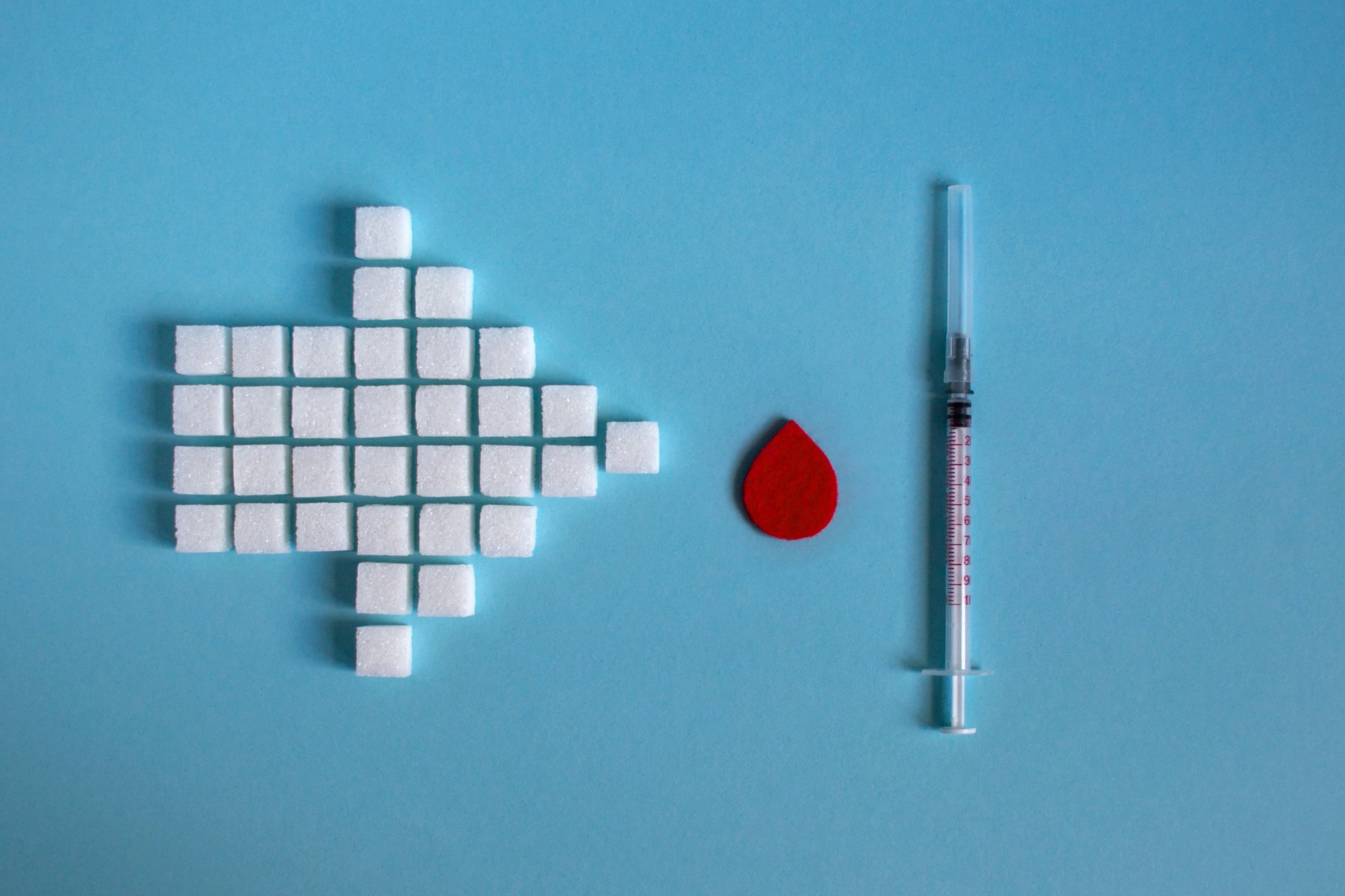In a recent study published in the journal eClinical Medicine, researchers performed a meta-analysis to evaluate the glucose-lowering potential of glucagon-like peptide-1 receptor agonist (GLP-1 RA)-based therapies among diabetes mellitus type 2 (T2D) patients.
Novel GLP-1-RAs, including tirzepatide, individually or combined with insulin fixed-ratio combinations (FRCs) or sodium-glucose cotransporter-2 inhibitors (SGLT-2i), as well as high-dosage GLP-1 receptor agonists, are considered the most effective therapeutic options for T2D. However, data on direct comparisons of their glucose-lowering effects are limited.
 Study: Glucometabolic outcomes of GLP-1 receptor agonist-based therapies in patients with type 2 diabetes: a systematic review and network meta-analysis. Image Credit: Ti_A / SHutterstock
Study: Glucometabolic outcomes of GLP-1 receptor agonist-based therapies in patients with type 2 diabetes: a systematic review and network meta-analysis. Image Credit: Ti_A / SHutterstock
About the study
In the present meta-analysis, researchers explored the therapeutic potential of GLP-1RAs in managing T2D.
Databases such as the Web of Science, MEDLINE, and PubMed were searched through 24 June 2023 for randomized controlled trials with follow-ups ranging between 12 weeks and 78 weeks, written in English, including T2D patients prescribed tirzepatide or a GLP-1 receptor agonist along with insulin FRCs [insulin glargine/lixisenatide (iGlarLixi) or insulin degludec/liraglutide (iDegLira)] or an SGLT-2i, or high-dosage GLP-1 receptor agonists (semaglutide 2.0 mg and dulaglutide 3 .0 mg or 4.50 mg) and compared to placebo drugs or active comparator drugs.
The primary outcome of the included studies was a change in the baseline glycated hemoglobin (HbA1c) levels. Secondary outcomes included alterations in fasting blood glucose, post-prandial blood glucose, blood pressure (BP), weight, low-density lipoprotein-cholesterol (LDL-c), and hypoglycemia risk. Data were extracted independently by three researchers, and conflicts were resolved by discussion or by consulting another researcher.
The Cochrane risk of bias (RoB2) tool was used to evaluate bias risks in the included studies. In addition, publication bias was assessed through Egger’s test and visually inspecting funnel plots. The heterogeneity in the included studies was evaluated by comparatively assessing the extent of the variance between studies for the study outcomes with empirical heterogeneity variance distributions. Extension studies, animal studies, and RCTs, including non-diabetic people or those with gestational diabetes, prediabetes, or type 1 diabetes, were excluded.
Results
A total of 941 records were initially identified, of which 941 records, including duplicates and published in non-English languages, not including the population, intervention, outcome, or study design of interest, were excluded. Subsequently, 63 records underwent full-text screening, and 40 RCTs, including 26,490 individuals, were considered for the analysis.
The median follow-up duration was 26 weeks. Across all RCTs, the median proportions of Asians and females were 28% and 45%, respectively; the median age was 57 years. The mean duration of diabetes was nine years. The median HbA1c value was 8.3%. No trial reported a mean body mass index value below 25 kg/m2. Tirzepatide, at a dose of 15 mg, demonstrated greater glycemic and weight-lowering efficacy than other GLP-1 receptor agonists without enhancing the risks of serious adverse events and hypoglycemia relative to placebo or of gastrointestinal side effects in comparison to GLP-1 receptor agonists plus the SGLT-2i combination and high-dose GLP-1 receptor agonists.
In addition, tirzepatide, at the same dose, demonstrated the highest weight-lowering efficacy, even in comparison to high-dosage GLP-1 receptor agonists (such as semaglutide 2.0 mg MD −7.0 kg, with low certainty of the evidence) and a GLP-1 receptor agonist combined with an SGLT-2i (MD −5.0 kg, low certainty). Publication bias and bias risks were usually low in the included studies, but the studies were highly heterogeneous for the majority of outcomes.
Further, GLP-1 receptor agonists combined with insulin fixed-ratio combinations and tirzepatide 15 mg and 10 mg showed the highest efficacies in lowering fasting blood glucose, whereas iGlarLixi ranked higher in lowering post-prandial blood glucose, followed by the combination of a GLP-1RA, an SGLT-2i, and tirzepatide 15 mg. The certainty of the evidence was usually low for the major comparisons.
Sensitivity analyses performed by limiting the analysis to low-bias risk RCTs yielded similar results as the primary analysis. The ranking in glycated hemoglobin reduction in the primary analysis was mostly confirmed, irrespective of ethnicity and body mass index. The subgroup analysis for fasting glucose lowering based on BMI showed that in RCTs with a BMI below 30 kg/m2, tirzepatide outranked iGlarLixi in efficacy. Similar trends were observed in studies conducted exclusively among Asians.
The ranking of the primary analysis for the effects on post-prandial blood glucose, weight, cardiovascular risk factors, and hypoglycemia risk was mostly confirmed, irrespective of BMI, duration of diabetes, and whether the RCTs were conducted in Asians only. The findings indicated that the impact of combining GLP-1 receptor agonists with insulin FRCs may match those of tirzepatide at a dose of 15 mg among individuals with diabetes durations of over 10 years.
The findings indicated that tirzepatide should be preferred for managing the initial stages of T2D since its additional weight-lowering effects could benefit insulin release and restoration, whereas GLP-1 receptor agonists combined with insulin FRCs have equivalent efficacy among individuals with diabetes for long durations. Non-significant differences were observed among the GLP-1 receptor agonist-based therapies concerning systolic BP (SBP) and LDL-c lowering.
Overall, the study findings indicated a hierarchy among treatment strategies for T2D. Tirzepatide, followed by a GLP-1 receptor agonist plus basal insulin FRC, offered the best glycemic control compared to high-dose GLP-1 receptor agonists. However, further research is required to validate the findings.